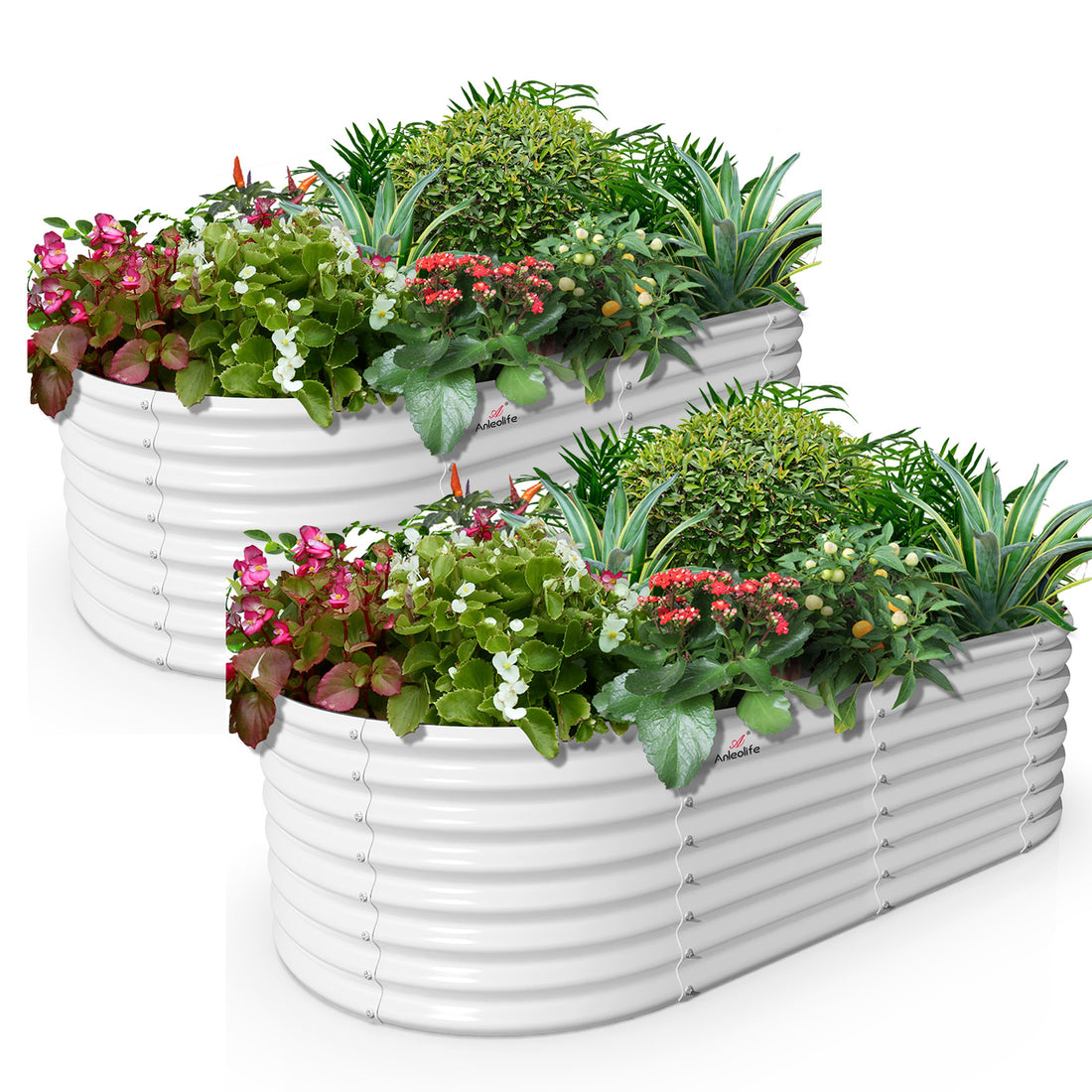Maximizing Space with Raised Planters: A Guide for Small-Scale Farmers
Small-scale farmers often face the challenge of limited space for growing crops. However, with the innovative use of raised planters, they can maximize their space and increase their yield significantly. In this guide, we will explore the various benefits and techniques of using raised planters to optimize space for small-scale farming.

The Advantages of Raised Planters
Raised planters offer several advantages for small-scale farmers. By elevating the planting area, they provide better drainage and aeration for the soil, leading to healthier root systems and improved plant growth. Additionally, raised planters can help to prevent soil compaction and reduce the risk of weed infestation, ultimately saving time and effort for the farmer.
Furthermore, the elevated design of raised planters makes them ideal for small spaces, allowing farmers to make the most of limited land. They can be placed on any surface, including concrete or gravel, making them a versatile option for urban farming or areas with poor soil quality.
Maximizing Space with Raised Planters
One of the key benefits of using raised planters is the ability to maximize space for planting. By utilizing vertical space, farmers can grow a greater variety of crops in a smaller area. For example, vine plants such as tomatoes, cucumbers, and beans can be trained to grow upwards, taking advantage of the height offered by raised planters.
Additionally, raised planters allow for efficient organization of crops, making it easier to rotate and manage different varieties. This can lead to improved pest and disease management, as well as better utilization of resources such as water and fertilizer.
Choosing the Right Materials
When constructing raised planters, it is important to choose the right materials to ensure durability and functionality. While there are various options available, such as wood, metal, or composite materials, it is essential to consider factors such as cost, longevity, and environmental impact.
For small-scale farmers, using locally sourced and sustainable materials is often the best choice. Recycled wood or composite materials made from recycled plastics can be excellent options for building raised planters, as they are both cost-effective and environmentally friendly.
Implementing Irrigation Systems
To further optimize space and resources, small-scale farmers can implement efficient irrigation systems in their raised planters. Drip irrigation, for example, can be easily installed in raised planters to deliver water directly to the roots of the plants, minimizing water waste and promoting healthy growth.
Furthermore, incorporating rainwater harvesting systems can provide an additional sustainable water source for raised planters, reducing the reliance on traditional irrigation methods. By utilizing these innovative techniques, small-scale farmers can maximize their space and productivity while minimizing their environmental impact.
In conclusion, raised planters offer small-scale farmers a practical and efficient solution for maximizing space and increasing crop yield. By understanding the advantages of raised planters, choosing the right materials, and implementing innovative irrigation systems, farmers can optimize their farming practices and achieve sustainable success.
References
- Education
- Course
- Books
- Drawing
- Question
- Film
- Fitness
- Food
- Games
- Gardening
- Health
- Home
- Literature
- Music
- Networking
- Other
- Programming
- Religion
- Shopping
- Sports
- Curriculm
- Wellness


